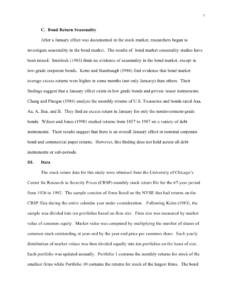Hello Chennai Folks!
A PhD is not just a degree, it is a journey. A journey which research scholars or PhD aspirants look forward to.
But the path is not simple, it is full of hardships, full of obstacles which you’ll have to overcome being a fighter as the final outcome is way too wonderful to experience.
And as we all know the rule ‘No Pain, No Gain.” It is nearly impossible to not face any difficulties while you pursue your PhD.
But why do you want to handle things alone if someone is there to help and guide you to bring out the best results for you?
There are many students who go with PhD thesis writing services with different options which are made available to them, they also opt for PhD project guidance which proves to be really helpful.
Now here arises an important question as to from where that help or guidance should be taken. Whom should you trust and whom should you rely on without second thoughts?
The answer is quite simple, you can only put your trust in someone who has already done that, who has the expertise, who has the right knowledge and the right kind of techniques to handle such a tough degree. In short someone who has taken PhD degrees and has guided others as well to do so.
So we are aware about all the hurdles you may face, trust us we have been there and done that.
Why choose us to accompany you in the journey?
Our services are not only limited to one single area, we cater to each and every aspect of PhD. Starting from guiding in the initial PhD research to helping with Journal papers to Thesis Finalisation. We do everything. Name it and we have it.
The most significant part of your PhD journey is writing thesis and you as a research scholar must take help in that as it is not possible for them to do everything simultaneously. You are at the right place for PhD thesis writing services.

Let us understand how we can help you with Thesis writing:
As I had mentioned before, we know what it takes to be a PhD and we believe that we can save you from the last minute crisis you may face if you do not take your thesis writing seriously.
These are the thesis hacks that we provide you:
- Customized thesis writing service-
The people working with us have expertise in the area they cater to and hence if you give us a particular specialisation or a niche topic we will allot an academic writer to you who belongs to the same field.
We also take into consideration all your research requirements, detailed information that you give and we provide you with a customized solution for preparing your thesis.
- Focus on every stage–
We make sure that we reach across and solve each and every area that you have difficulty in. May it be grammar, format, style of writing, data analysis, findings, conclusion, methodology of research, review of literature and so on.
So what are you up to research scholars? Ready to avail PhD Project guidance and thesis writing services in Chennai?
You can reach us at: info@phdchennai.com

